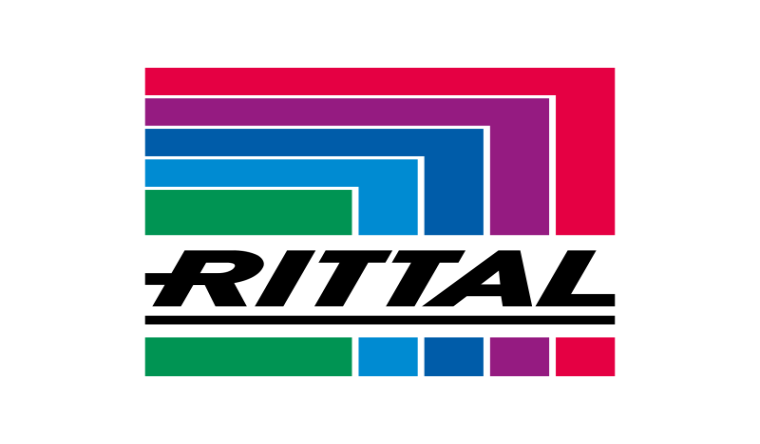Exploring Contrasts: Solid State Relays vs. Electromechanical Relays
Solid state relays (SSRs) and electromechanical relays (EMRs) are both used for switching electrical circuits on and off, however, they function in fundamentally different ways resulting in distinct performance characteristics. In this blog, we will explore the contrasts between SSRs and EMRs to understand where each relay technology excels.
How They Work
First, a quick primer. Relays are essentially electrically operated switches that can handle higher voltages and currents than is possible with conventional mechanical switches. Relays allow a low-power control signal to switch a higher power flowing circuit on and off safely.
An electromechanical relay uses an electromagnet to mechanically operate switch contacts to make or break an electrical connection. When power is applied to the electromagnet coil, it generates a magnetic field that pulls the relay’s movable armature and changes the state of the contacts. EMRs have metal contacts that touch to allow current flow and physically separate when OFF.
A solid-state relay, on the other hand, operates electronically by using a semiconductor switching element that can be triggered by a small control signal but is able to conduct and block much higher voltages and currents. Rather than moving components, SSRs switch state between low resistance “on” and high resistance “off” electronically.
Speed
A major difference between SSRs and EMRs is the speed at which they can switch between their on and off states. Electromechanical relays have moving mechanical components and contacts that inherently limit their speed. Depending on the relay, EMRs can typically operate between 10 to several hundred times per second.
Solid state relays, however, can switch on and off at very high speeds, on the order of thousands or tens of thousands times faster than electromechanical relays. This makes SSRs better suited for applications that require very fast switching.
Durability and Lifespan
The lifespans of EMRs and SSRs also vary considerably. Electromechanical relays have metal contacts that experience wear every time the contacts make or break connection. At higher switching cycles, this mechanical wear accelerates. Higher capacities EMRs may only be rated for hundreds of thousands operating cycles.
SSRs have no moving parts or physical contacts to wear out. Instead, switching occurs electronically between silicon or other semiconductors which are extremely durable over an effectively unlimited number of switching operations. SSRs can have lifespans exceeding hundreds of millions of cycles in ideal solid state conditions. Harsher operating environments can impact SSR longevity.
Control and Switching Flexibility
For basic ON/OFF control, both SSRs and EMRs can perform adequately. However, SSRs offer much more flexibility when more advanced switching control is required across higher speed applications.
With solid state relays, very fast “pulsing” on/off switching can be achieved using pulse width modulation signals. Specific turn-on and turn-off delays can also be easily programmed. EMRs allow for more limited speed and timing flexibility for advanced control functionality.
Isolation and Safety
Electromechanical relays provide inherent galvanic isolation between lower voltage control circuitry and higher voltage switched main power circuits for safety. This physical separation comes from the nature of mechanical contacts changing state.
Solid state relays on the other hand function electronically through connected semiconductor materials and do not have physical separation between circuits. For safety, additional isolation circuitry must be designed internally for solid state relays. Optocouplers using light emitting diodes are commonly integrated to maintain safety barriers.
Vibration Tolerance
Due to having moving and contacting parts, excessive vibration can impact the functionality and lifespan of EMRs. Jarring motion can affect performance or shorten mechanical durability when continually vibrating. Ruggedized EMR versions exist for applications with substantial shock/vibration requirements.
Without any moving internal components, SSRs perform consistently regardless of vibration in the environment. Fragile electronic connections soldered inside SSRs are about the only vulnerability to extreme mechanical abuse. Their integrated nature offers vibration resistance for equipment operation through shaking loads without any special considerations.
EMI/RFI Susceptibility
Electromechanical relays, especially with longer more exposed contact wiring runs, provide little inherent shielding from electromagnetic interference (EMI) or radio frequency interference (RFI) effects. External protection measures must be taken to safeguard EM/RF sensitive EMR loads.
The fully enclosed electronic construction of SSRs provides substantial shielding against interfering EM and RF signals influencing internal circuits or switched loads. Only small wiring leads connect the integrated SSR components together eliminating exposure from EM/RF fields which could cause issues for unprotected devices.
Load Types
Standard EMRs work well to directly handle a wide range of resistive electrical loads up to their rated voltage/current handling abilities. Inductive loads like motors/coils and lamp/capacitive loads require additional protective measures to mitigate damaging spikes or interference caused when switching these non-ideal loads.
For most resistive DC loads, solid state relays also perform well within their power ratings. However, AC and sinusoidal waveforms are more complex for SSRs lacking natural zeros crossing points to switch cleanly. Snubber networks or zero crossing circuitry improves SSR switching of reactive AC loads without excessive transients or interference noise.
Final words
While both solid state and electromechanical relays achieve the same basic objective of toggling electrical loads ON and OFF, the way this switching occurs using either electronic or mechanical processes results in performance trade-offs and suitability for particular applications. Consideration of speed, longevity, control flexibility, safety, noise, size, environment, and costs determine whether solid state or electromechanical relays present the best selection for switching application needs.
















